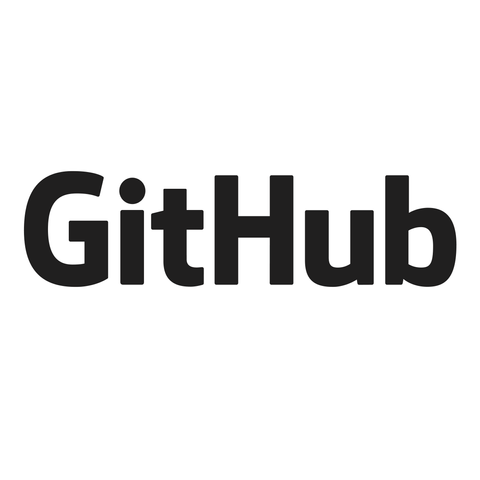(1/2) It's very good to report #bugs in #FOSS projects. Services like #github, #gitlab, #codeberg and so forth makes it easy to do so without creating a new account for each report.
My recommendations:
- be polite - people are spending their spare time to help you
- explain it thorough: exact steps to reproduce, difference between actual result and expected result, mention exact version numbers, surrounding environments with their versions, background stories (maybe in an extra section at the end), ...
Fun fact: many(!) of my #bugreports get aborted during that phase because while explaining it properly, I did find out where my mistake was. Maybe improve the documentation afterwards.
...











